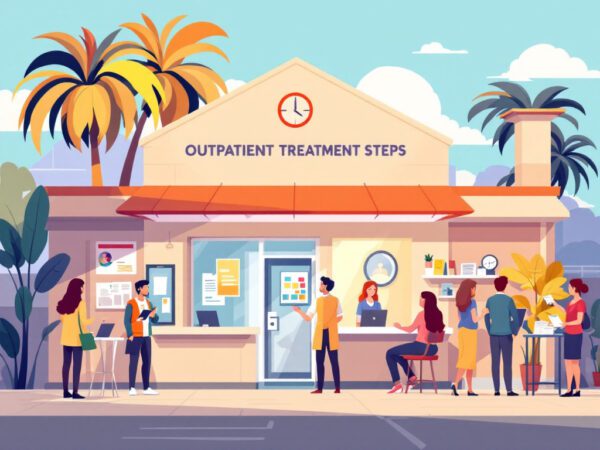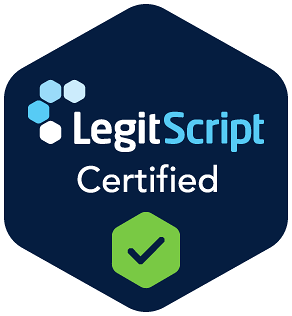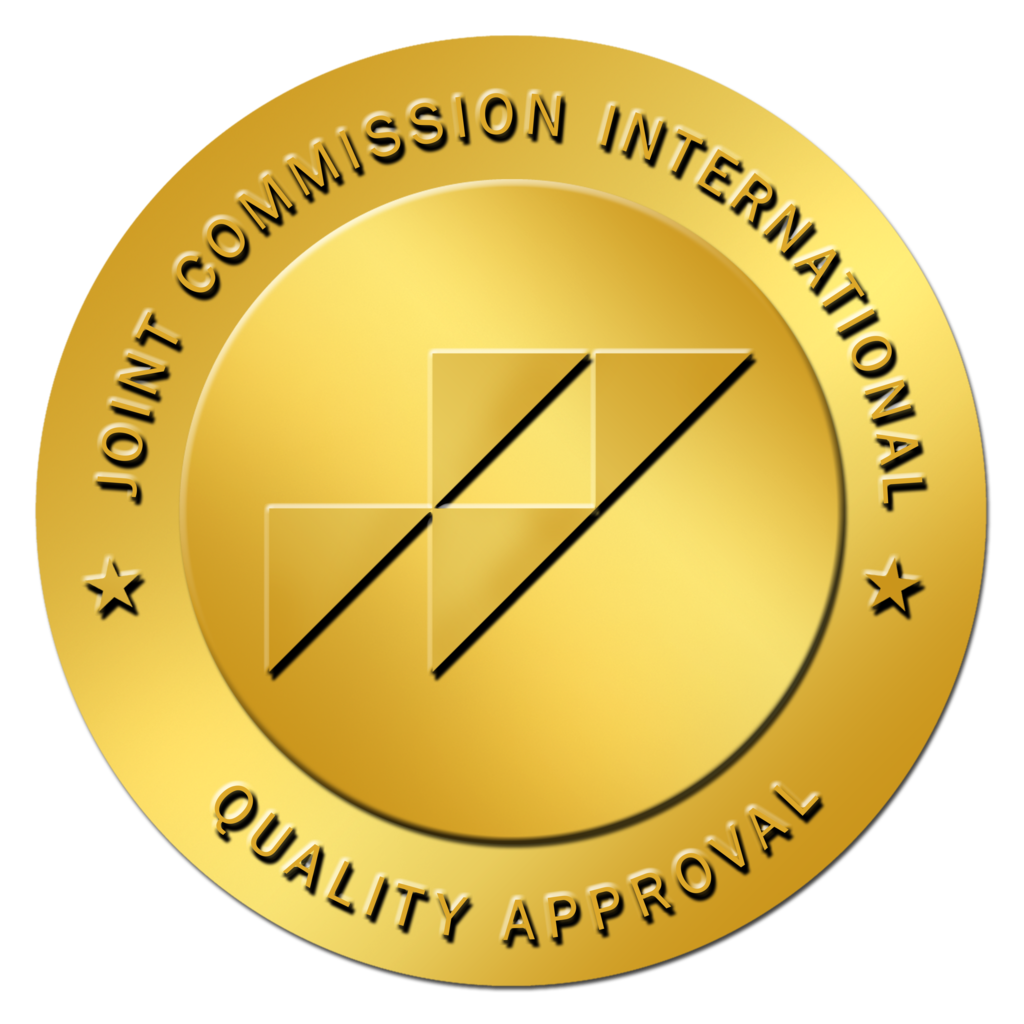Understanding Dual Diagnosis
Definition of Dual Diagnosis
Dual diagnosis refers to the simultaneous presence of both a mental disorder and a substance use disorder (SUD), involving either alcohol or drugs. This condition is also known as co-occurring disorders. It is particularly common among teenagers, individuals with serious mental illnesses, and those experiencing specific mental disorders (MedlinePlus).
Common Challenges in Dual Diagnosis Diagnoses
Identifying whether the mental disorder or the substance use disorder developed first can be quite challenging. There are several complexities involved in diagnosing dual diagnosis conditions. Research indicates that there are three main reasons for the high occurrence of these disorders together (MedlinePlus):
- Bi-directionality: Symptoms of one disorder can exacerbate the symptoms of the other, creating a cycle that is difficult to break.
- Shared Risk Factors: Individuals may share common risk factors for both mental health and substance use disorders, such as genetics, environment, and trauma.
- Poor Outcomes: Individuals with both substance use and mood disorders have elevated rates of comorbidity, and they tend to experience worse outcomes compared to those with just one disorder.
The intertwined nature of these disorders underscores the importance of seeking integrated treatment options, such as dual diagnosis CBT therapy. This approach provides a comprehensive strategy for addressing the complexities of dual diagnosis and fosters recovery. For treatment options, we can explore therapies like cognitive behavioral therapy, dialectical behavior therapy, and more tailored approaches like mindfulness-based therapy.
Importance of Integrated Treatment
In treating dual diagnosis, we prioritize an integrated treatment approach that addresses both mental health disorders and substance use disorders simultaneously. This methodology is crucial for achieving positive outcomes in recovery.
Simultaneous Treatment Approach
We recommend treating both the mental disorder and the substance use disorder concurrently. This simultaneous treatment is grounded in research, which shows that addressing both conditions at the same time leads to better recovery results (MedlinePlus). Utilizing a combination of therapies such as cognitive-behavioral therapy (CBT), group therapy, and motivational interviewing, we can effectively tackle the challenges posed by dual diagnosis. Effective treatment incorporates both medication and therapeutic interventions, ensuring a comprehensive approach to recovery (Virtue Recovery Houston).
| Treatment Type | Examples | Benefits |
|---|---|---|
| Medications | Antidepressants, anti-anxiety drugs, etc. | Stabilizes mental health and reduces cravings |
| Cognitive-Behavioral Therapy (CBT) | Individual or group sessions | Teaches practical coping skills to manage both disorders |
| Group Therapy | Support groups, recovery workshops | Provides community support and shared experiences |
| Motivational Interviewing | Goal-oriented discussions | Increases motivation for change |
Tailoring Treatment to Individual Needs
We understand that each individual’s experience with dual diagnosis is unique. Therefore, treatment programs must be tailored to fit individual needs based on various factors, including age, the specific substances being misused, and the mental disorders involved. Customized treatment plans are essential in addressing all aspects of a person’s condition effectively.
For instance, teenagers may require different therapeutic approaches compared to adults due to their developmental needs. Furthermore, specific mental disorders may necessitate alternative treatment methods. By evaluating each individual’s situation, we can design customized plans that include a variety of options such as:
- Individual Therapy: One-on-one sessions focused on the person’s unique challenges.
- Integrated Group Therapy: Combining individuals with similar experiences for shared support.
- Specialized Therapies: Implementing approaches such as DBT, mindfulness-based therapy, or art therapy outpatient as needed.
For us, it’s about ensuring that every client receives the most appropriate care, maximizing the chances for a successful outcome in their recovery journey. By focusing on both mental health and substance use simultaneously, we can give our clients the best possible chance to reclaim their lives.
Cognitive-Behavioral Therapy (CBT) Benefits
Cognitive-Behavioral Therapy (CBT) is an effective integrated treatment for individuals with dual diagnosis. It helps in coping with both mental health disorders and substance use issues. This section will explore the principles of CBT, the practical skills learned, and its effectiveness in treating dual diagnoses.
Principles of CBT
CBT is based on the fundamental principle that our thoughts, feelings, and behaviors are interconnected. By identifying and altering negative thought patterns, individuals can change their behaviors and emotional responses. Key principles include:
- Recognizing Maladaptive Thoughts: Individuals learn to identify harmful thought patterns that contribute to their symptoms.
- Behavioral Activation: Encouraging engagement in positive activities to combat feelings of depression or anxiety.
- Developing Coping Mechanisms: Teaching practical techniques to help manage distress and triggers leading to substance use.
CBT is adaptable to various settings and populations, making it a versatile tool for dual diagnosis treatment (Aquila Recovery).
Practical Skills Learned Through CBT
Participants in CBT will acquire a range of skills that are beneficial for managing their conditions:
| Skill | Description |
|---|---|
| Cognitive Restructuring | Learning to challenge and replace negative thoughts. |
| Problem-Solving Skills | Developing methods to effectively address daily challenges. |
| Mindfulness Techniques | Practicing present-moment awareness to reduce anxiety. |
| Relapse Prevention Strategies | Creating plans to manage triggers that may lead to substance use. |
These skills not only support recovery but also contribute to long-term emotional wellbeing.
Effectiveness of CBT in Dual Diagnosis Treatment
Research demonstrates that CBT is effective in treating co-occurring disorders, concurrently addressing both mental health and substance use issues. Studies have shown moderate and durable effects on depressive symptoms and substance use. Some key findings include:
- Simultaneous Management: CBT allows individuals to manage conditions like depression while developing coping mechanisms to resist the urge to consume substances (Aquila Recovery).
- Evidence for Group Formats: CBT effectiveness is supported not only in individual therapy but also in group settings, facilitating shared experiences and support among peers.
- Integrated Approaches: CBT integrates understanding the connections between substance use and worsening mood, emphasizing relapse prevention and adherence to treatment (NCBI).
Incorporating CBT into treatment plans enables individuals to make meaningful advancements in their recovery from dual diagnosis. For more information on CBT and its applications, explore our articles on cognitive behavioral therapy and group therapy mental health.
Dual Diagnosis Statistics
Understanding the statistical landscape surrounding dual diagnosis is essential for grasping the challenges and realities faced by individuals with co-occurring disorders.
Prevalence of Co-Occurring Disorders
Dual diagnosis, defined as the presence of both a mental health disorder and a substance use disorder, is more common than many realize. According to recent data, in 2020, approximately 17 million adults in the U.S. experienced a dual diagnosis condition. This statistic highlights the widespread nature of co-occurring disorders.
The following table illustrates the prevalence of co-occurring disorders based on various studies:
| Year | Estimated Adults with Co-Occurring Disorders |
|---|---|
| 2014 | 7.9 million (Aquila Recovery) |
| 2020 | 17 million |
| Lifetime Risk | 50% of individuals with a substance use disorder will also have a mental health disorder, and vice versa |
Impact of Dual Diagnosis on Treatment
The existence of dual diagnoses significantly complicates the treatment process. The interplay between mental health disorders and substance use disorders requires integrated and comprehensive treatment strategies for optimal outcomes. Studies show that cognitive-behavioral therapy (CBT) is linked to moderate and sustained improvements in both substance use and depressive symptoms among individuals facing these co-occurring challenges (NCBI).
The effectiveness of treatment approaches can be gauged by exploring their impact, as evidenced in the following data:
| Treatment Method | Associated Outcomes |
|---|---|
| CBT | Moderate effects on reducing substance use and depressive symptoms |
| Integrated Treatment | Improved outcomes due to addressing both disorders simultaneously |
Dual diagnosis signifies that recovery is not merely about addressing one issue but recognizing the complex relationship between multiple disorders. Seeking programs that specialize in dual diagnosis, such as those provided at Totality Treatment, ensures that individuals receive comprehensive support tailored to their unique needs. For more information, feel free to explore our resources on cognitive behavioral therapy, which plays a substantial role in treating dual diagnosis conditions.
Comprehensive Treatment Options
A successful approach to dual diagnosis treatment often involves a combination of various strategies to address the complexities of mental health and substance use disorders. We emphasize the importance of integrated solutions such as medication and therapy combinations, group therapy and motivational interviewing, and support groups coupled with aftercare strategies.
Medication and Therapy Combination
Combining medication with therapy is essential for effectively treating dual diagnosis. This method allows us to tackle both mental health disorders and substance use problems simultaneously. According to Virtue Recovery Houston, Cognitive Behavioral Therapy (CBT) plays a significant role in this blend, helping individuals modify negative thought patterns and behaviors linked to their conditions.
The table below illustrates common medication types used in dual diagnosis therapy:
| Medication Type | Purpose |
|---|---|
| Antidepressants | Address symptoms of depression and anxiety |
| Mood Stabilizers | Regulate mood swings, particularly in bipolar disorder |
| Anti-Anxiety Medications | Alleviate symptoms of anxiety and panic |
| Naltrexone | Reduce alcohol cravings |
| Acamprosate | Support recovery from alcohol use |
We acknowledge that medication must be tailored to each individual’s needs, and the right balance between drug therapy and psychological support is crucial for a successful outcome.
Group Therapy and Motivational Interviewing
Group therapy offers a communal platform where individuals can share experiences and support one another. This format not only fosters relationships but also enhances recovery through collective motivation. We often include various group therapy types, such as substance abuse group therapy and trauma-informed group therapy, to ensure our clients receive comprehensive support.
Motivational interviewing is another key component used alongside group therapy. This client-centered approach aims to bolster motivation and commitment to change. By exploring clients’ feelings and ambivalence towards their recovery, we can help them cultivate the desire to engage in their treatment journey.
Support Groups and Aftercare Strategies
Support groups tailored for dual-diagnosis, such as Dual Recovery Anonymous, are vital for continued growth beyond formal treatment. These groups offer essential community support and a sense of belonging, which can significantly enhance the recovery process (Virtue Recovery Houston).
Following the completion of a primary treatment program, aftercare strategies become critical. These strategies help prevent relapse and maintain progress. They may include ongoing therapy, peer support, and regular check-ins with therapists. Various options for aftercare support are available, such as:
| Aftercare Strategy | Description |
|---|---|
| Ongoing outpatient therapy | Continued access to therapeutic support |
| Sober living homes | Environment conducive to maintaining sobriety |
| Relapse prevention programs | Strategies focused on avoiding relapse |
| Peer support groups | Sharing experiences and obtaining support from others |
By emphasizing these comprehensive treatment options, we aim to empower individuals facing dual diagnosis challenges, guiding them toward a successful path to recovery. For more insights into effective therapies, consider exploring our resources on cognitive behavioral therapy and group therapy addiction.
Overcoming Challenges in Dual Diagnosis Treatment
Addressing the complexities of dual diagnosis treatment is essential for effective recovery. In this section, we discuss strategies for managing co-occurring mood and substance use disorders, the implementation of behavioral therapies, and the integration of effective treatment approaches.
Addressing Co-Occurring Mood and Substance Use Disorders
Dual diagnosis refers to the co-occurrence of a mental health disorder and a substance use disorder. This combination presents unique challenges due to the interaction between the two disorders, making it essential to approach treatment with tailored methods. Our integrated treatment programs focus on recognizing the connections between substance use and mood disorders, which often exacerbate each other. We utilize evidence-based approaches such as cognitive-behavioral therapy (CBT) to help patients identify and manage triggers associated with their conditions.
| Disorder Type | Common Symptoms | Treatment Approaches |
|---|---|---|
| Mental Health Disorder | Depression, Anxiety | Integrated Therapy, CBT |
| Substance Use Disorder | Dependence, Withdrawal | Detox, Support Groups |
Implementation of Behavioral Therapies
Behavioral therapies play a critical role in engaging individuals coping with dual diagnoses. These therapies can reduce substance use and affective symptoms while enhancing treatment adherence and preventing relapse. We implement various behavioral approaches, including:
- Motivational Interviewing: This method encourages patients to explore and resolve ambivalence about recovery.
- Contingency Management: This approach provides tangible rewards for positive behavior, reinforcing sobriety (PubMed Central).
Each of these therapies has demonstrated significant efficacy in reducing symptoms and promoting recovery in individuals with co-occurring disorders.
Integration of Effective Treatment Approaches
To address the unique challenges of dual diagnosis, we integrate different treatment modalities. These may include:
- CBT: Helps patients recognize and change negative thought patterns and behaviors related to their disorders.
- Mindfulness-Based Therapy: Encourages present-moment awareness, helping to combat anxiety and depression while reducing cravings.
- Group Therapy: Promotes shared experiences and peer support, which can be particularly beneficial in overcoming feelings of isolation.
We also offer complementary therapies such as yoga therapy outpatient and art therapy outpatient to support emotional and psychological well-being throughout the recovery process.
By combining these therapies, we can create a comprehensive, individualized treatment plan that addresses the complexities of dual diagnosis. Our goal is to equip patients with the tools necessary for sustained recovery and improved mental health.















